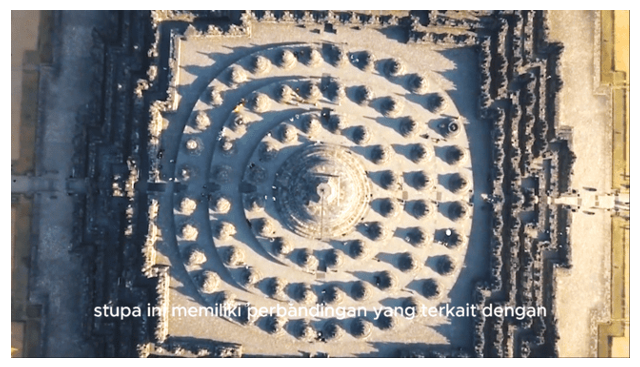Main Article Content
Abstract
Effective mathematics learning is a significant challenge in improving students' understanding and skills in mathematical concepts. One exciting approach to enhancing mathematics education is Realistic Mathematics Education (RME), which emphasizes understanding mathematical concepts through real-world contexts. This research combines the RME approach with Augmented Reality (AR) technology to facilitate the learning of sequences and arithmetic series. This research aims to create a learning trajectory that can help students understand the concept of arithmetic sequences and series using the context of the Borobudur Temple in grade 8th of SMP Negeri 4 Semarang. This research uses a design research method which consists of three stages, namely preliminary design, design experiment (pilot experiment and teaching experiment), and retrospective analysis. In this research, a series of learning activities were designed and developed based on the RME approach. This research involved 6 grade 8th students. The result of this research is a learning trajectory that includes a series of learning processes in three activities, namely: 1) Observing Borobudur Temple videos to understand the definition and characteristics of sequences and series; 2) finding the formulas and results of sequences and series; 3) and solving contextual problems related to sequences and series. The activities carried out can help improve students' understanding of the sequences and arithmetic series material. The research results show that the context of the Borobudur Temple can help students understand the concept of sequences and arithmetic series. Apart from that, the results of this research add options for local wisdom that can be used as a context for mathematics learning, especially sequences, and arithmetic series.
Keywords
Article Details

This work is licensed under a Creative Commons Attribution 4.0 International License.
This journal provides immediate open access to its content on the principle that making research freely available to the public supports a greater global exchange of knowledge.
All articles published Open Access will be immediately and permanently free for everyone to read and download. We are continuously working with our author communities to select the best choice of license options, Creative Commons Attribution-ShareAlike (CC BY-NC-SA).

